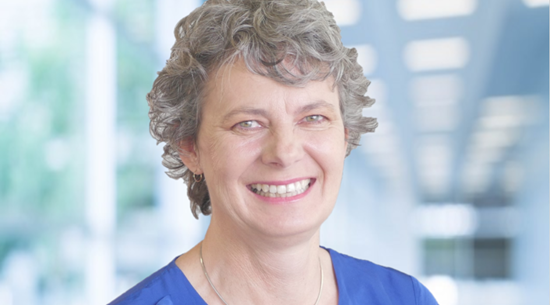Edition | Three Steps to an Affordable Zero-Waste Mine
Nicole Roocke breaks down some of the challenges that need to be addressed by policymakers and businesses alike in order to achieve the goal of a zero-waste mine.
We’ve all heard the classic line from the film, The Castle, uttered by Darryl Kerrigan and you would be forgiven for thinking it applied to the ambitions to achieve zero-waste mining. However, things are changing.
There are ever increasing expectations held by communities about the standards to which mines and mining are held. These expectations do not vary greatly regardless of whether they live in close proximity to the actual mine or are an end consumer of the product made from the mineral resource.
Governments, who are signatories to the Paris Climate Change Agreement, are seeking policy levers to ensure the targets they have committed to are going to be met by 2050 while acknowledging there are significant technological barriers still to be conquered to achieve these.
Investors are increasingly using their purchasing power to ensure a focus on sustainability performance measurement and assessment, and those purchasing and using the raw materials are wanting to see evidence of ethical and sustainable supply. For some commodities this is resulting in certification schemes to be able to prove this is the case.
To be able to achieve these ambitions in the mining sector, though, is not without significant challenges.
The challenges in the round
It is not merely a case of looking at the waste produced at the end of the mining process and deciding what to do with it. There is still a need to better understand what waste is created as a consequence of the mining – from exploration through to mining, processing, remediation and mine closure.
Once there is an understanding of what types and volume of wastes are produced, there is then a need to challenge whether historic mining practices remain fit for purpose and what changes are needed to reduce the amount of waste that is produced in the first place, particularly in light of declining ore grades.
This requires collaboration between the different mining disciplines to ensure there is better definition of the ore bodies at the exploration stage to enable more precision in mining, reducing the need for clearing and removal of overburden and leading to more effective sensor-based ore sorting to remove waste from the ore feed in crushing and grinding circuits.
Enhanced characterisation and understanding of ore bodies will not only optimise mining but will aid with the extraction of the ore resulting in less waste and reduced energy and water consumption.
Waste minimisation often results in increased productivity and is certainly the first leg of the journey mining companies need to go on to enable them to progress towards zero-waste mining.
The next challenge then becomes one of considering the remaining materials or substances which result as a byproduct of the mining process, and challenging whether they are in fact ‘waste’ or possibly a resource to be used elsewhere in the mining process or by some other industry sector.
Mining operations in Western Australia are governed by robust environmental and waste management laws. While seeking to protect the environment, these laws can drive certain behaviours in the mining sector by how waste is defined. The unintended consequence of this is the potential for the byproducts not to be used elsewhere in the mining process, rather ending up in tailings dams, or not seeking alternative markets due to the imposition of waste levies which makes reuse uneconomic.
A circular mining economy
As outlined by Mike Rowe in his article, the State Government is leading reform of the waste legislation to support and encourage use of waste-derived materials moving WA towards a circular economy.
Legislative barriers are not the only challenges which prevent mining companies from exploring reuse and recycling opportunities to enable zero-waste mining.
Increasingly, mining byproducts are being considered for use as construction products and as inputs into cement manufacturing or other infrastructure projects.
While not being core business for the mining companies, reuse of the byproducts can turn what would otherwise be an expense item into a revenue item and have mining companies be part of a bigger value chain. To do so, however, there needs to be a market for the byproduct and the economics need to stack up.
A very real challenge is the location of mining operations and their proximity to those markets. Transporting byproducts long distances to markets comes at a cos,t which may make it unfeasible to do so.
Materials produced from minerals are essential enablers for us to achieve our ambitions in other areas, such as the use of renewable energy sources and adoption of electric vehicles. As societies progress towards adopting these ambitions, it is integral the technological challenges preventing us from having zero-waste mining are identified and resolved.
“For Western Australian miners to be able to supply commodities into global markets, they are increasingly going to have to demonstrate sustainable supply, including how they are moving along the conventional waste hierarchy of reduce, reuse, recycle.”

An environmental and political nirvana will be reached when activities to achieve zero-waste mining increase productivity, reduce energy and water consumption and costs and create business opportunities.
In the famous Broadway production, South Pacific, it is said that If you don't have a dream, how you gonna make a dream come true?. And so it is when assessing the future of mining with ever-less environmental detriment. There is no doubt there are very real challenges to make zero-waste mining ambitions come true but a valuable start has been made.
Have your say on what is needed to make the dream come true by leaving your comments on the MRIWA Zero-Waste Mining mural.
Nicole Roocke is the Chief Executive Officer of the Minerals Research Institute of Western Australia.
